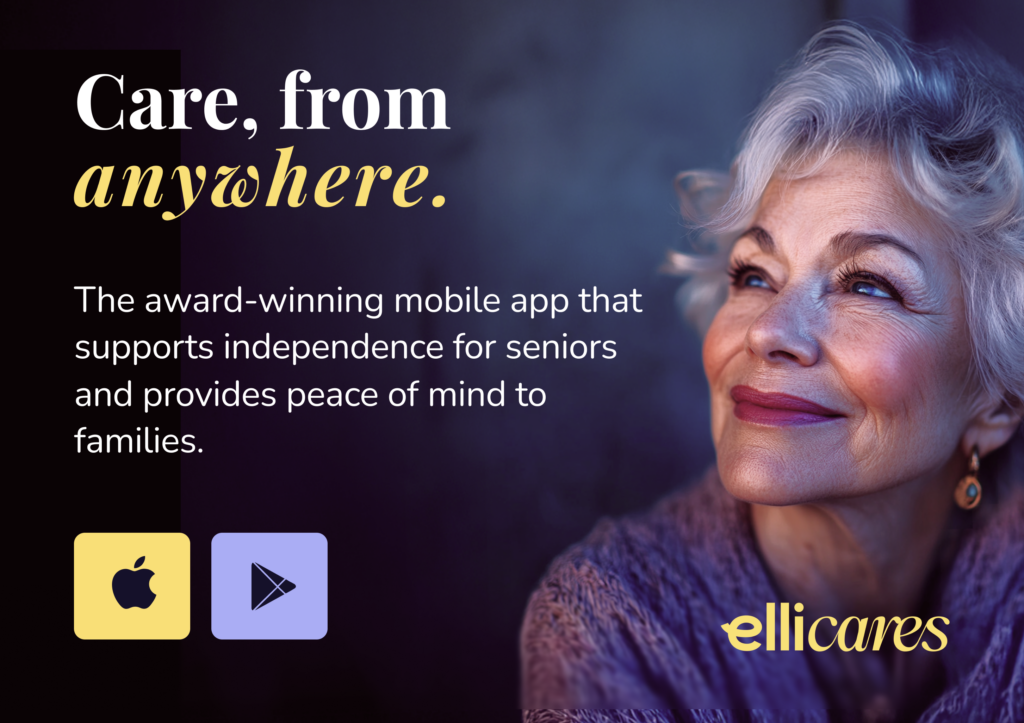When it comes to caregiving, consistency is key - but life is unpredictable. Whether it’s a sudden illness, travel emergency, or unexpected work commitment, even the most dedicated caregiver can become temporarily unavailable.
That’s why every family supporting an aging loved one needs a backup care plan - a clear, accessible plan to ensure your loved one is supported, safe, and cared for if you're suddenly out of the picture.
Here’s how to create a comprehensive backup care plan that brings peace of mind for everyone involved.
1. Start With a “Care Snapshot”
A good emergency plan begins with a clear summary of your loved one’s daily needs. This “care snapshot” should include:
- A typical daily routine (wake-up, meals, medications, bedtime)
- Key medical conditions and treatment information
- Allergies and medication sensitivities
- Preferences and dislikes (foods, activities, TV shows, sleep habits)
Having this snapshot written down helps substitute caregivers step in confidently.
👉 Check out our article on The Best Daily Routines for Seniors With Early Dementia for great tips
2. List Primary and Secondary Care Contacts
Include all relevant contacts - people who could step in temporarily, either in person or remotely. This might include:
- A trusted neighbor or nearby friend
- Extended family members
- Paid caregivers or home health agencies
- Backup contacts for transportation, meals, or grocery runs
Each name should have a current phone number, email, and a note about their availability or limitations.
👉 Check out the AARP's article: Be Prepared for Emergencies and Disasters
3. Prepare a “Grab-and-Go” Folder
If someone needs to step in quickly, make sure they have everything they need in one place:
- Emergency contacts and doctors’ info
- Power of attorney and medical directive copies
- Medication list and pharmacy contacts
- Insurance cards and ID copies
- Keys or access codes
Place this in a labeled envelope or folder in an obvious spot - like on the fridge or entryway table.
👉 Our article on What to Include in a “Just in Case” Emergency Plan for Seniors could be helpful here.
4. Use Technology to Bridge the Gaps
Even when a caregiver can’t be there physically, smart technology can help fill in. Consider:
- Video or voice reminders to help with medication and task prompts
- Smart door locks or video doorbells to control and monitor access remotely
- Shared calendars and checklists for substitute caregivers to stay on track
- Apps for monitoring activity or location
Using tools like Elli Cares, you can give temporary caregivers digital access to updates, alerts, and pre-recorded instructions to support your loved one.
5. Include Emergency Instructions
Document what to do in a crisis, including:
- What symptoms or behaviors warrant a doctor or emergency room visit
- Who to call first
- Hospital preferences
- Allergies or medical conditions emergency responders need to know
- Who has authority to make medical decisions
It’s also smart to post emergency contact numbers near the phone or on the fridge - even if they’re saved in a device.
6. Plan for Short- and Long-Term Backup
Think about care in two timeframes:
- Short-term (hours to days): A neighbor checking in, grocery delivery, or a friend stopping by with meals.
- Long-term (days to weeks): Hiring a respite caregiver, enrolling in adult day care, or having a relative come to stay.
Map out options for both. Include contact info, rates (if applicable), and preferences for who should be prioritized.
7. Hold a “What If” Conversation
It’s important to talk through the plan with both your loved one and your backup caregivers.
- Walk through the folder and tech tools together
- Share expectations for care quality and communication
- Make sure they know where to find things (medications, chargers, keys, etc.)
- Ask your loved one how they’d like things handled if you’re away
This keeps everyone aligned - and helps your loved one feel reassured rather than anxious.
👉 We've got more great tips in our article on How to Support Aging Parents Without Taking Over
8. Review and Update Quarterly
Situations change. Medications shift. Contacts move. That’s why it’s crucial to review your plan every few months and after any major life event.
Set a reminder to revisit:
- Contact lists
- Medication updates
- Preferred emergency contacts
- Any new assistive tech or medical needs
Consider using a checklist or shared document to keep everyone in sync.
Creating a backup care plan isn’t just about preparing for the worst - it’s about ensuring your loved one is supported no matter what life throws your way. With a clear, compassionate plan in place, you can step away when needed, knowing there’s a safety net ready.
Whether you’re caring for someone living with dementia, recovering from surgery, or simply aging at home, backup care brings calm to chaos - and gives everyone more peace of mind.
Start today. Print the plan. Make the calls. Add the folder. Because when it comes to caregiving, being prepared is one of the kindest things you can do.








